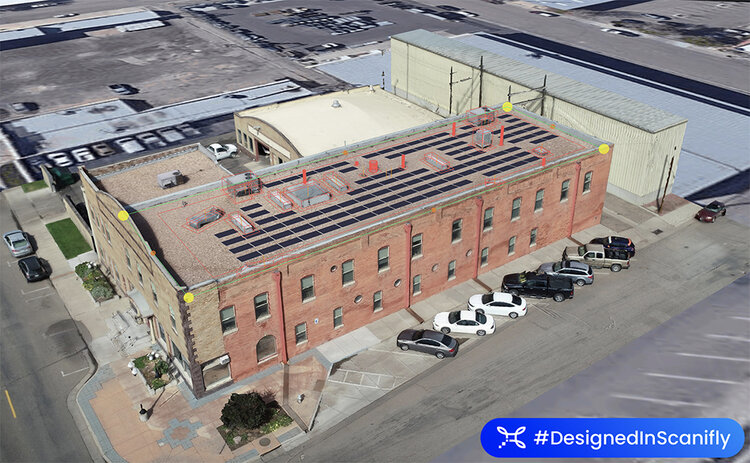By Jason Steinberg, CEO of Scanifly
This year would have been a historic year for solar. It appears like the worst of COVID’s uncertainty is behind us, and the industry is ramping back up. This sentiment has been echoed in recent second quarter earnings announcements from several of solar’s leading public companies.
“Our response during the COVID-19 pandemic has demonstrated how quickly our industry can adapt to not only survive this crisis but thrive”, proclaimed John Berger, CEO of Sunnova, a leading residential solar and storage provider. (1) PV Tech, an industry media outlet, highlighted Sunpower’s results as “exceeding previous guidance for both revenue and shipments in Q2, capitalizing on what it said was improving demand from distributed generation.” (2) Enphase, the world’s leading provider of solar microverter hardware, reported “a rebound in customer demand in June and July”. (3)(4)
Scanifly customers on the local and regional levels have expressed a similarly cautious optimism. All of them use drones and Scanifly’s 3D modeling software to streamline their operations, while respecting social distancing, as we described in a March editorial. To date, many customers have robust and growing pipelines. While solar sales mostly froze in March and April, anecdotally, few projects were cancelled and the summer is busier than ever. A good number of Scanifly customers are even having record years. There are some market nuances. For example, small and midsized solar contractors in highly competitive areas still face challenges, where homeowners are slow to commit. Generally speaking though, from a macroanalysis perspective solar is expected to have another strong year.
From our conversations with customers and homeowners alike, we’re seeing several trends fueling solar’s continued growth, despite living in a pandemic:
-
People are Home – Unfortunately, most people are still stuck at home, and, as a result, many are exploring home improvement projects. While personal spending dropped by 34.6% on an annualized basis, or 10.5% in Q2, according to the latest Bureau of Economic Analysis, spending on tools and equipment for home repairs rose by 8%. (5) “Consumer interest in clean, affordable, and resilient power is stronger than ever with increased outages from storms and wildfires combined with more time spent at home,” commented Sunrun CEO Lyn Jurich.
-
Cost Reduction – With increased unemployment and continued uncertainty, homeowners are aiming to reduce costs. The clean energy company Arcadia released a study that estimated that electricity bills will grow by 10% to 15% this summer, as much as $34 in New York City and $17 in Los Angeles. (6)
-
Financing & Incentives – The growing variety of financing solutions makes solar attainable for most homeowners with good credit. There are many loan products, including no money down programs. Interest rates are at near lows. Wood Mackenzie, an energy data and analytics company, conducted a study in 2019 finding that 55% of projects were built with solar loans, and that the loan market grew by 40 percent year-over-year. This is driven by local installer networks and the growing simplicity of financing solutions. Loanpal, a financial lender, has ascended in just a few years as a result of this trend. Solar Builder Mag, a solar journal, reported that Loanpal maintains nearly 30% of the solar loan market and has developed over a dozen credit partnerships. It is worth noting that the upcoming step down of the solar investment tax credit from 26% in 2020 to 22% 2021 may also incentivize homeowners to consider projects now. (7) (8) (9) (10)
COVID appears to be just the latest jolt in the “solar-coaster”. The industry has weathered investment tax credit expiration and reinstatements, tariffs, and constantly changing state policies and incentive structures. The potential for disruption remains with the virus and society returning to school, as well as the upcoming U.S. election. For now, the market is resilient, and for many, looks incredibly positive. As people remain home for the foreseeable future this is a great time to introduce solar as an affordable, reliable and clean solution.
Jason Steinberg is the CEO of Scanifly, the leading drone-based 3D modeling software for the solar industry. Prior to Scanifly, Jason was a solar rooftop installer, clean energy researcher for Bloomberg New Energy Finance, and banker for CohnReznick Capital. He is a NABCEP PV Associate and CFA Charterholder.






